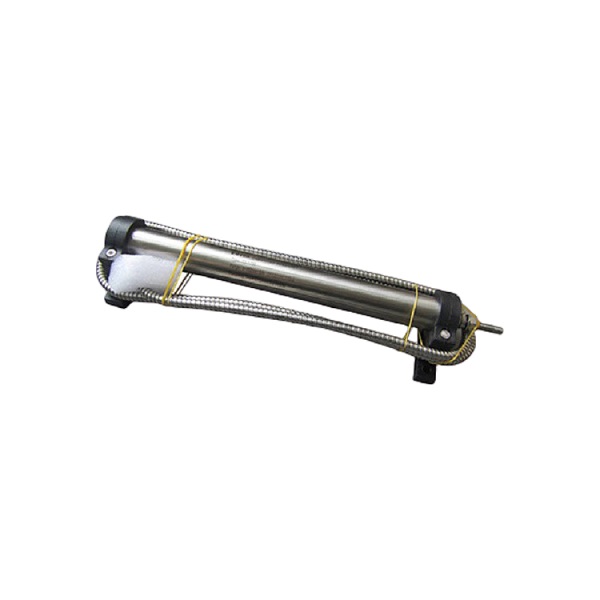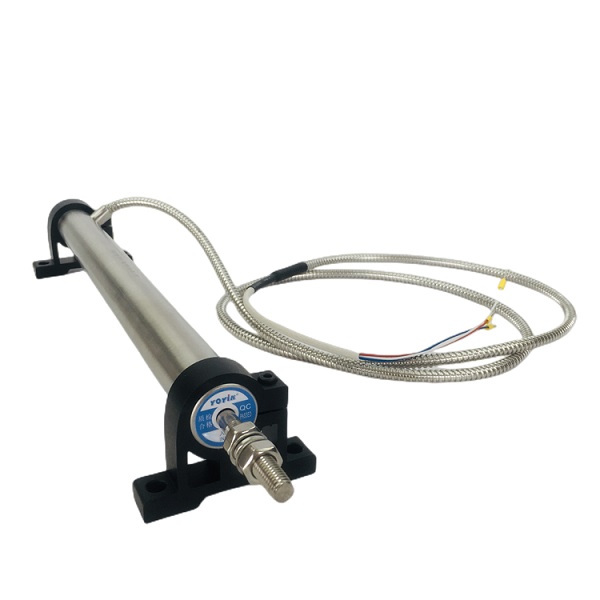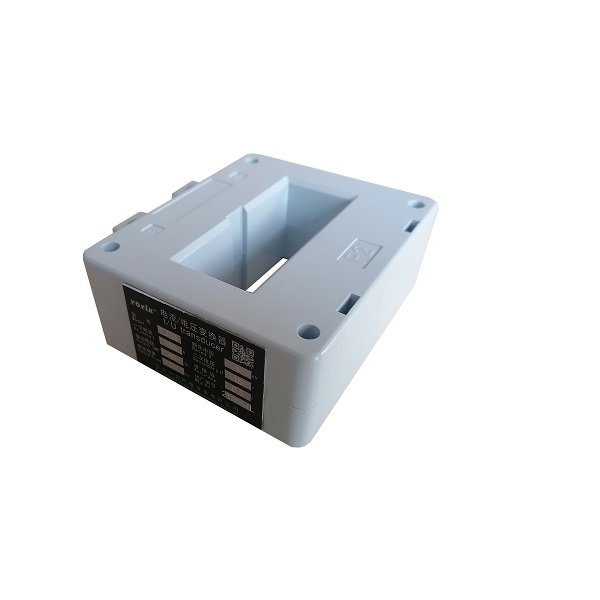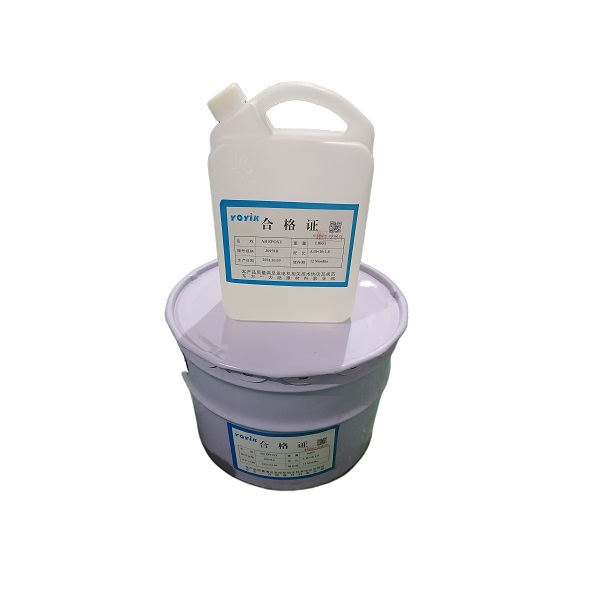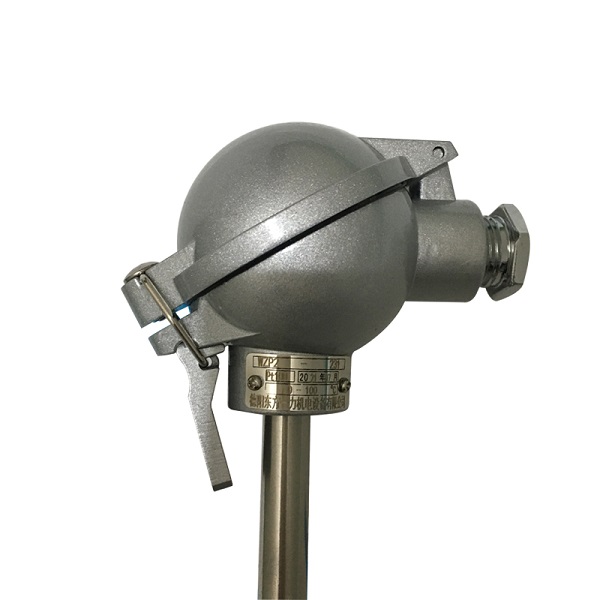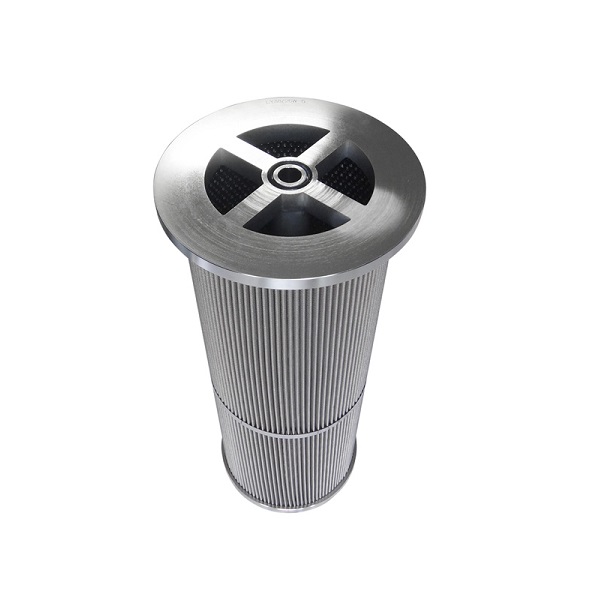Classification of LVDT displacement sensors for power plants
there are several types of displacement sensors used in power plants, including but not limited to:
Axial displacement sensors: These are used to measure the axial movement of rotating equipment such as turbines and generators.
Vibration displacement sensors: These are used to measure the amplitude and frequency of vibrations in rotating equipment.
Travel sensors: These are used to measure the linear travel of hydraulic servomotors, such as those used in valve actuators.
Oil level sensors: These are used to measure the oil level in hydraulic systems.
Position sensors: These are used to measure the position of equipment such as valves and dampers.
Temperature sensors: These are used to measure the temperature of equipment such as boilers and turbines.
Pressure sensors: These are used to measure the pressure of fluids in pipes and vessels.
Flow sensors: These are used to measure the flow rate of fluids in pipes and vessels.
Load sensors: These are used to measure the load on equipment such as motors and pumps.
Torque sensors: These are used to measure the torque applied to rotating equipment.
Introduce the application of vibration displacement sensor in thermal power plant
Vibration displacement sensors are widely used in thermal power plants for monitoring the vibrations of various equipment, such as turbines, generators, pumps, and fans. They can detect the displacement caused by the vibration of the equipment and convert it into an electrical signal for further analysis.
The application of vibration displacement sensors in thermal power plants can provide important information on the condition of equipment and help prevent potential failures. By continuously monitoring the vibration levels, engineers can identify early signs of abnormal vibration, such as bearing wear, misalignment, or imbalance, and take preventive measures to avoid catastrophic failures.
Vibration displacement sensors can also be used for condition-based maintenance, where maintenance activities are scheduled based on the actual condition of the equipment rather than on a fixed schedule. This can help reduce maintenance costs and increase the overall reliability of the equipment.
In summary, the application of vibration displacement sensors in thermal power plants is essential for ensuring the safe and reliable operation of equipment and preventing unplanned downtime.
Working principle of axial LVDT displacement sensor in power plant
Axial displacement sensors in power plants are used to measure the axial movement of various components, such as turbine rotors, shafts, and casings. These sensors work based on the principle of inductive or capacitive sensing.
Inductive sensors use the principle of electromagnetic induction to detect the position of a metallic target. They consist of a coil of wire that generates an alternating magnetic field. When a metal target moves into the field, it disrupts the field, inducing a current in the coil that is proportional to the position of the target.
Capacitive sensors, on the other hand, use the principle of capacitive sensing to detect changes in position. They consist of two conductive plates separated by a small gap. When a target moves into the gap, it changes the capacitance between the plates, which is detected by the sensor.
In both cases, the sensor is connected to a signal processing unit that converts the sensor output into a usable signal, such as a voltage or current. This signal is then used to monitor the axial displacement of the component being measured, and can be used to trigger alarms or shut down equipment if the displacement exceeds acceptable levels.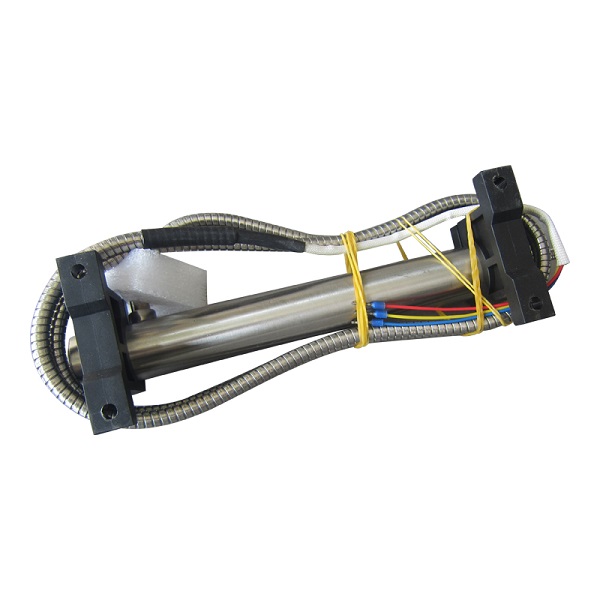
Post time: Mar-09-2023


